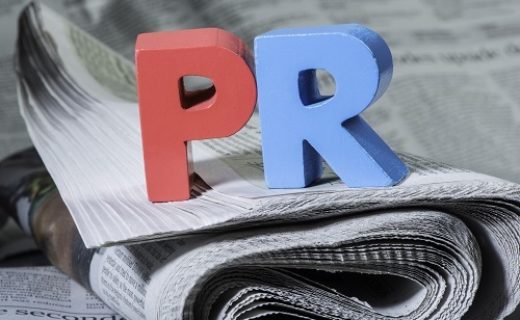1. Other News: A significant percentage of news is developed in follow up to other published stories by focusing on a new angle. Media outlets will take a national story and localize it for their audiences almost every day. They’ll also run columns, op-eds and side pieces that explore different perspectives on the big news of the day. The key is being able to recognize what makes a story newsworthy to different outlets and nailing the timing.
2. Google: When journalists have an idea and need a source for more information, generally the first place they look is Google. Obviously this is where search engine optimization (SEO) comes in to play, and a good public relations team will know how to boost ranking results.
3. Relationships: Experienced reporters know who to contact when they’re looking for experts or sources on familiar topics. Experienced PR people know how to develop those relationships and assure their clients are considered frequently by reporters. They do this by providing consistent, reliable information in a timely manner. When it works well, it’s a beautiful thing.
4. Social Media: This is a source that’s becoming more relevant. More than 89 percent of journalists will now look for story ideas on blogs and social media sites, particularly Twitter and LinkedIn. Developing a significant presence on the right outlets can lead to coverage one may never have expected.
The best public relations professionals know where journalists find their stories and what information they’ll need, and then make every effort to position their client accordingly. When you have a presence in those places where news orignates, you’ll find an increase in client publicity, which builds their credibility, and, ultimately, boosts the bottom line.





